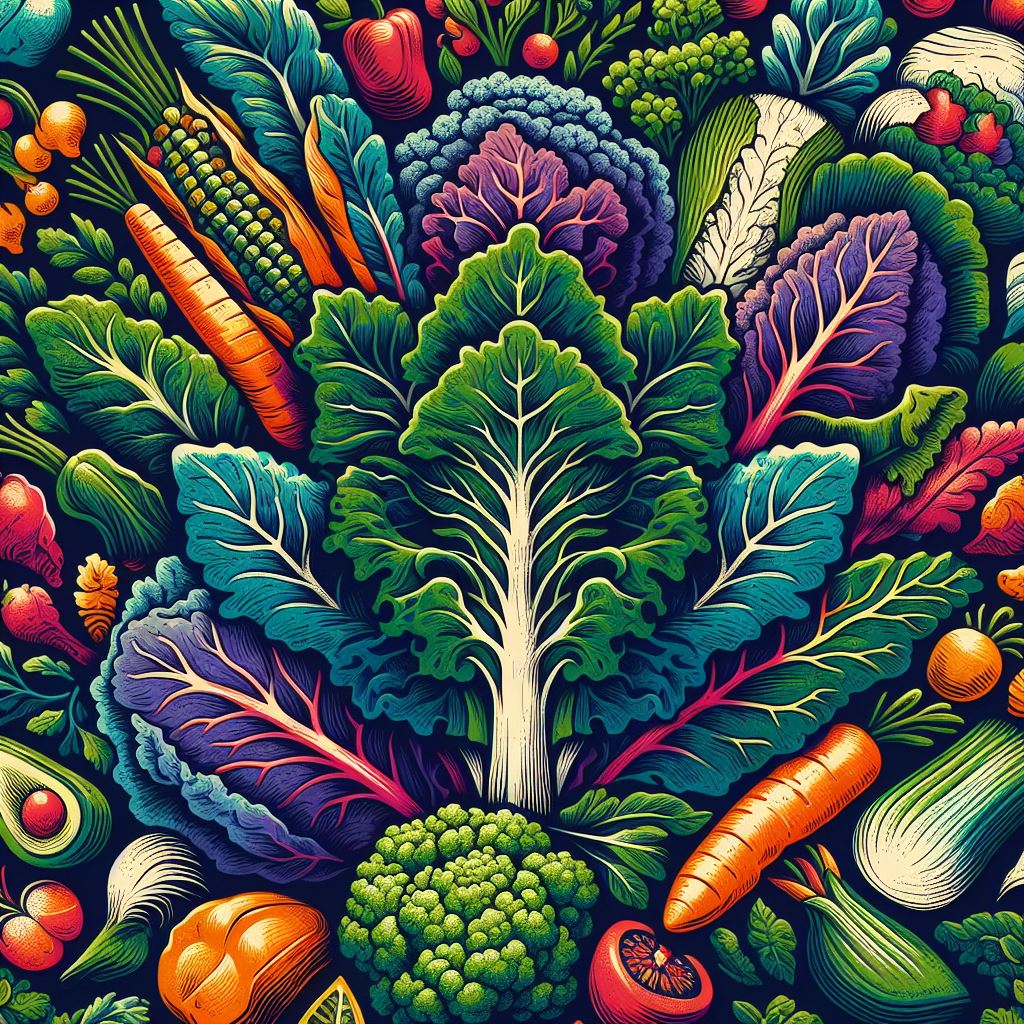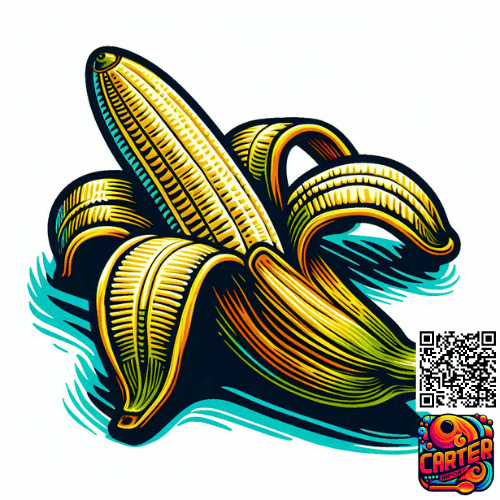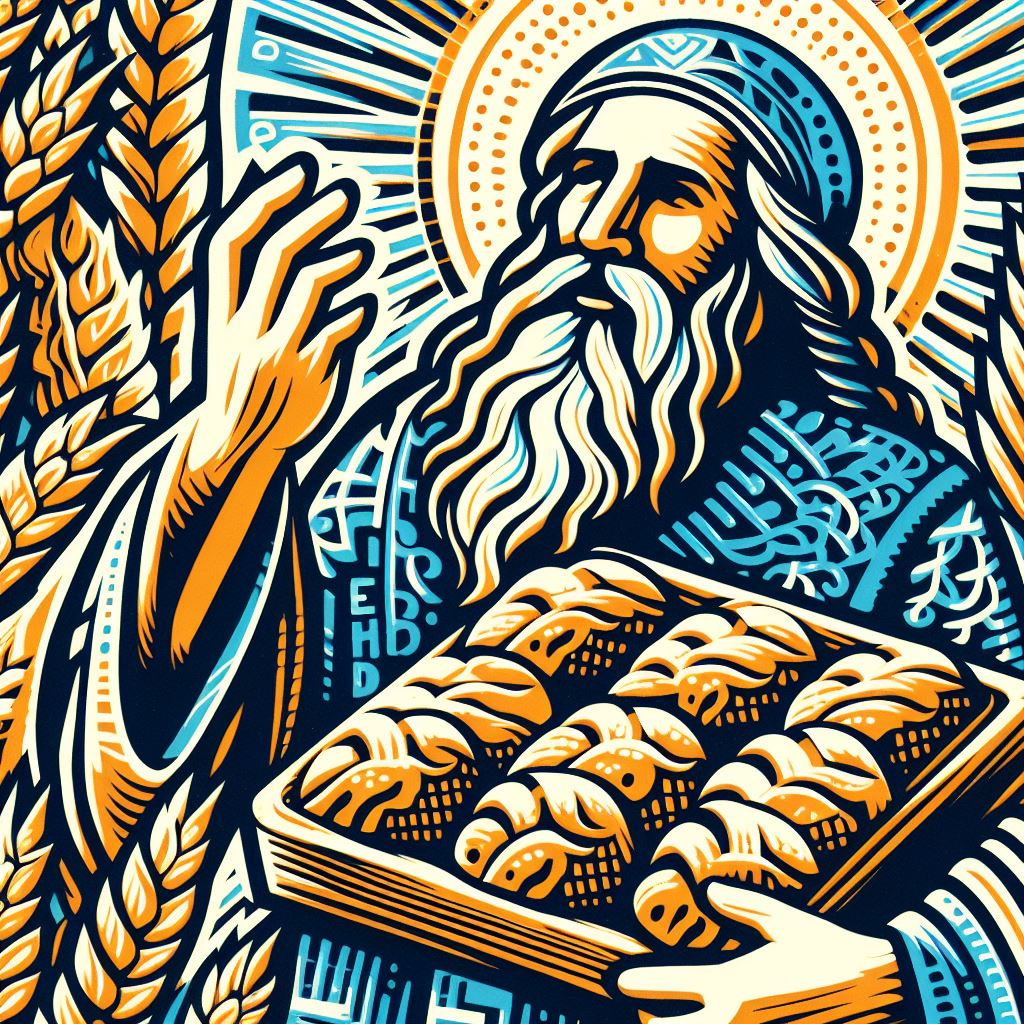Ah, the Glycemic Index (GI) and Glycemic Load (GL)—sounds like something out of a sci-fi novel where aliens invade Earth and demand to know our food’s blood sugar-raising potential. But fear not, dear reader, for this is no interstellar invasion. Instead, it’s a thrilling escapade into the world of carbs, blood sugar, and why you might want to think twice before inhaling that third doughnut.
Table of Contents
What in the World Is the Glycemic Index?

Imagine a giant leaderboard, but instead of ranking video game high scores, it ranks foods based on how they play with your blood sugar levels. Foods low on the GI scale are the cool kids that keep things chill, slowly releasing sugar into your bloodstream. High-GI foods are the hyperactive ones, causing your blood sugar to spike faster than your interest at the mention of free cake.
Low-GI Foods: Think of them as the tortoises in the race; slow and steady wins the day. High-GI Foods: They’re the hares, sprinting through your bloodstream, causing chaos and then crashing.
And Glycemic Load? Is That Like the Sequel?
If the GI is the original blockbuster, GL is the critically acclaimed sequel that dives deeper into the story. It considers not just the quality of the carbs (GI) but also the quantity in a typical serving. A high-GI food might have a low GL if you only consume it in tiny amounts. It’s like realizing that the villain in the first movie has layers, motivations, and a tragic backstory.
Why Should I Care?
Because unless you’re secretly a robot (we promise we won’t tell), what you eat affects your blood sugar, which in turn impacts your energy, mood, hunger levels, and whether you’re likely to crash harder than a toddler at Disneyland post-sugar rush. Managing your GI and GL can help dodge those crashes, keep hunger pangs at bay, and might even reduce the risk of certain diseases. It’s like having a secret weapon in your nutritional arsenal.
Tell Me More! How Do Foods Rank on the GI Scale?
Here’s a snazzy table that breaks it down:
| Food Category | Examples | GI Range |
|---|---|---|
| Low-GI Foods | Lentils, yogurt, apples | 55 or less |
| Medium-GI Foods | Pineapple, brown rice, raisins | 56-69 |
| High-GI Foods | White bread, pretzels, watermelon | 70 or more |
| Very Low-GI Foods | Broccoli, cherries, cashews | 0-34 |
| Low-Medium-GI Foods | Sweet potato, oatmeal, oranges | 35-55 |
This handy dandy chart is like a cheat sheet for your meal planning. Use it to mix and match your foods like a DJ blending beats, ensuring your blood sugar levels remain as smooth as a silk sheet on a freshly made bed.
The Plot Thickens: How Does This Affect My Blood Sugar and Insulin?
Ah, the juicy part. When you consume high-GI foods, it’s like throwing a rave in your bloodstream—everything’s pumping, sugar levels skyrocket, and insulin, the bouncer, works overtime to get glucose into your cells. This can be a wild ride for your body, leading to energy peaks and troughs.
On the flip side, munching on low-GI foods is like hosting a classy jazz night—everything’s mellow, the sugar enters your bloodstream at a leisurely pace, and insulin doesn’t have to break a sweat. It’s the difference between a peaceful boat ride and navigating the rapids without a paddle.
But Wait, There’s More!
Can Balancing GI and GL Actually Make Me Feel Better?
Absolutely. Imagine feeling like you could run a marathon (or at least a very enthusiastic 5K). Stabilizing your blood sugar could make your energy levels more consistent, reduce cravings, and even help in managing weight. It’s like fine-tuning an engine for peak performance—your body just runs smoother.
Are There Any Downsides?
Life is all about balance. Obsessing over GI and GL values might take the joy out of eating and can be impractical (nobody wants to whip out a calculator at dinner). The key is awareness, not paranoia. Enjoy your food, but know how it plays with your body’s chemistry set.
Final Thoughts
Navigating the glycemic index and load is like becoming a sugar whisperer, understanding the secret language of carbs and their impact on your body. Whether you’re aiming to manage diabetes, lose weight, or just feel freaking fantastic, mastering this knowledge can be a game-changer.
Remember, though, while science gives us a map, every body is an uncharted territory. What spikes one person’s sugar might barely nudge another’s. Listen to your body—it’s the most honest feedback system you’ve got.
And there you have it—a whirlwind tour of the GI and GL, served up with a side of irreverence. Go forth and eat smart, laugh often, and maybe, just maybe, give that third doughnut a second thought.




